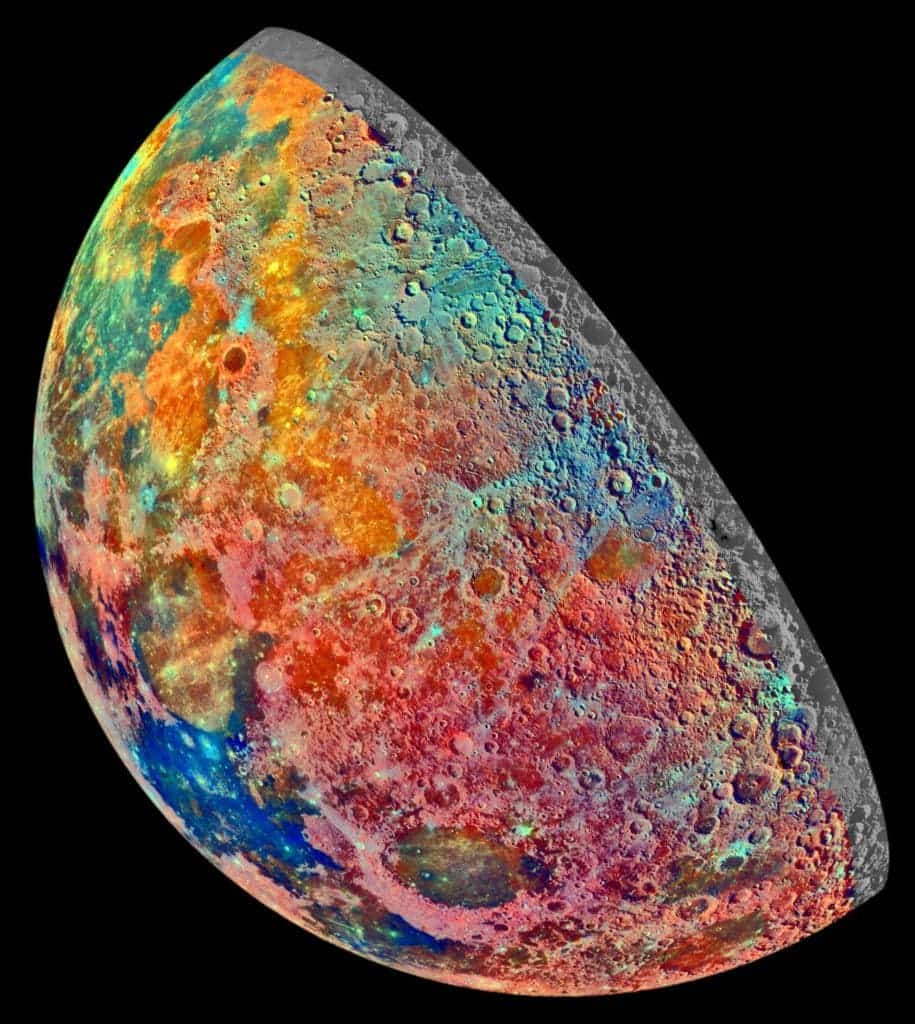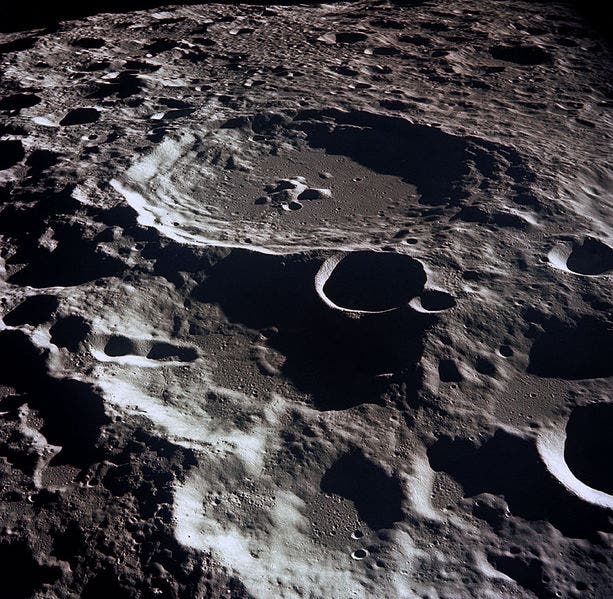Without an atmosphere to protect it, the Moon is under constant assault from meteorites and asteroids, hitting the satellite and leaving behind a horde of craters. Using a novel AI-based technique, a team of researchers has developed a new way to identify and count these craters.

“When it comes to counting craters on the moon, it’s a pretty archaic method,” says Mohamad Ali-Dib, a postdoctoral fellow in the Centre for Planetary Sciences (CPS).
Indeed, while astronomy has benefitted from the automation of many processes, crater counting had lagged behind — but not anymore.
“Basically we need to manually look at an image, locate and count the craters and then calculate how large they are based off the size of the image. Here we’ve developed a technique from artificial intelligence that can automate this entire process that saves significant time and effort.”
Ali-Dib wasn’t the first to come up with this idea. Several projects have attempted to develop algorithms for the detection of lunar craters, but they performed rather poorly. However, the new algorithm, which was trained on a large dataset covering two-thirds of the moon, performed much better. It was so good at understanding the general shape and characteristics of a crater that it was even able to detect craters on other bodies, such as Mercury.
“It’s the first time we have an algorithm that can detect craters really well for not only parts of the moon, but also areas of Mercury,” says Ali-Dib, who developed the technique along with Ari Silburt, Chenchong Charles Zhu, and a group of researchers at CPS and the Canadian Institute for Theoretical Astrophysics (CITA).
They fed 90,000 images of the moon’s surface into an artificial neural network (ANN). ANNs mimic the vast network of neurons in a brain, simulating the biological learning process. After the learning process, the neural network was able to not only identify but also categorize craters larger than five kilometers. The team believes that with further “training” it will also be able to zoom in on smaller craters.

Since the moon also doesn’t have tectonics or strong erosion, the craters can remain visible for extremely long periods of time, with Ali-Dib’s team finding craters as old as four billion years. However, this is also the main drawback of the algorithm: it requires an atmosphere-less body, without erosion, and clearly visible craters.
Journal Reference: Ari Silburt et al. Lunar Crater Identification via Deep Learning. arxiv.org/abs/1803.02192


